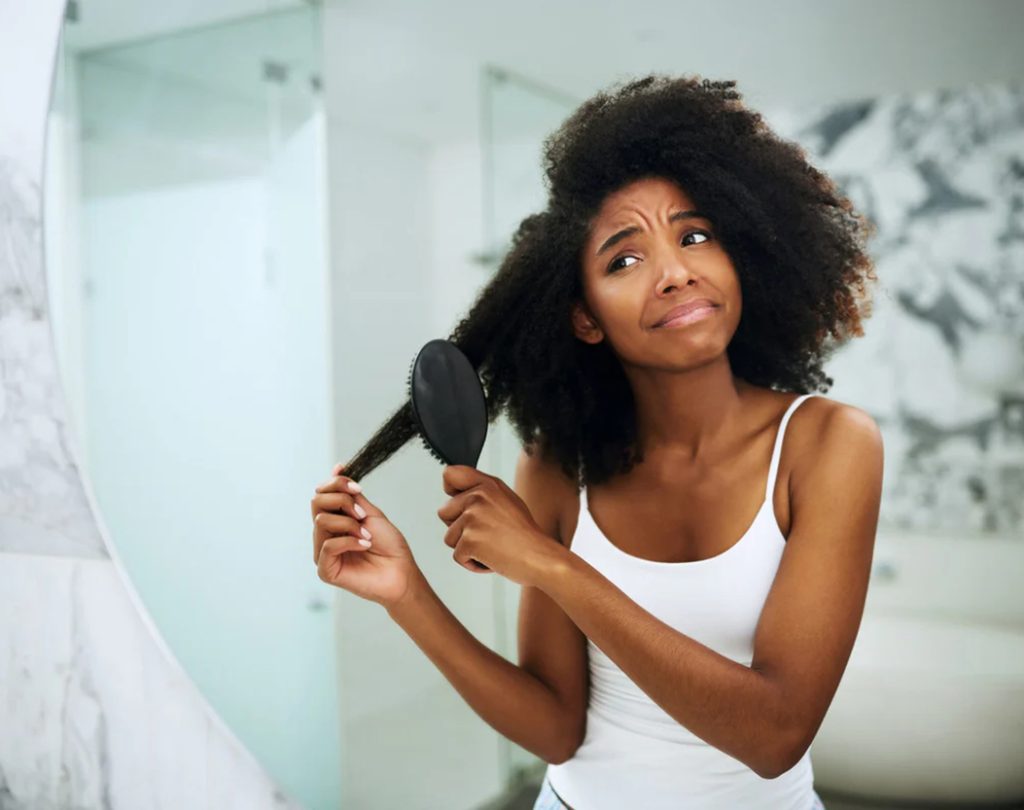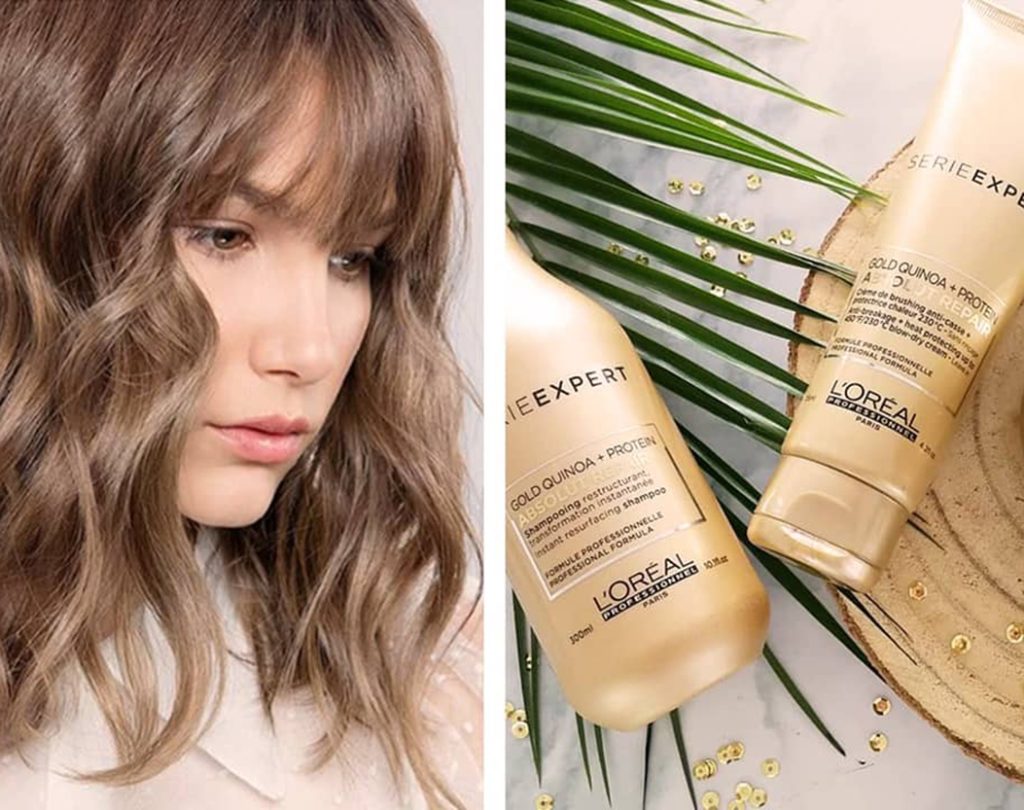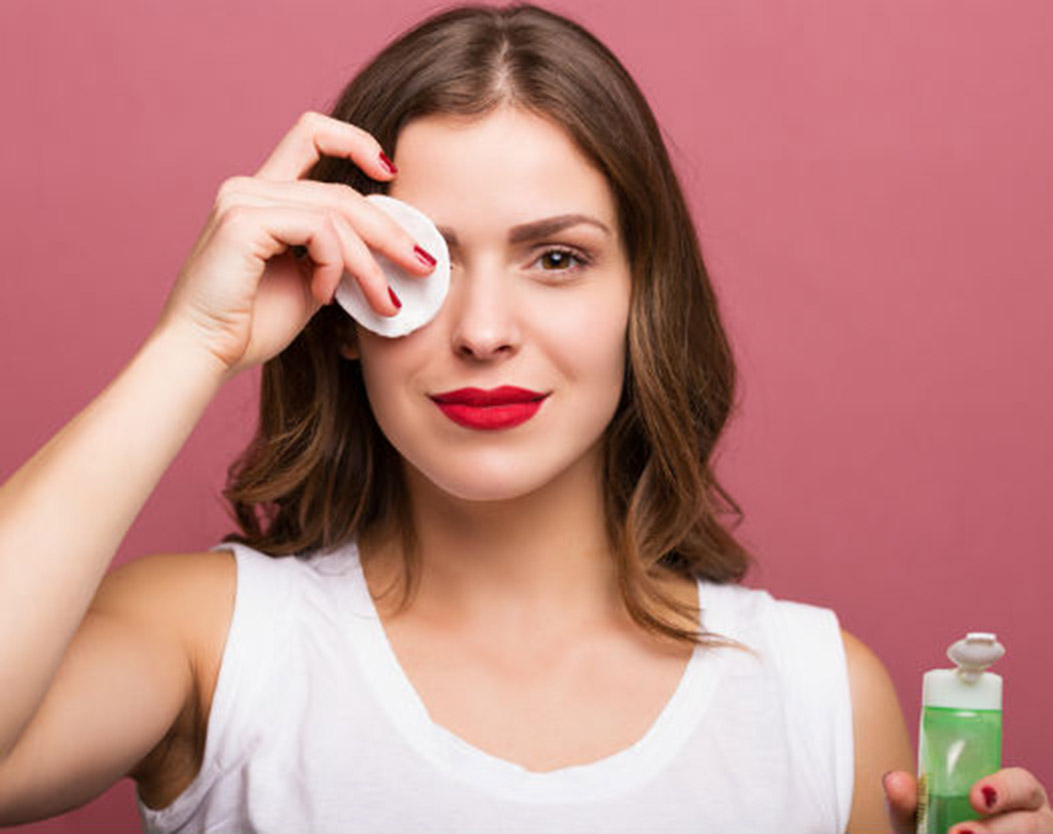I understand the frustration of dealing with messy hair. Every morning, staring at my tangled, unruly hair in the mirror, it feels like a daunting task to create a sleek hairstyle. However, messy hair isn’t just about carelessness—there are many underlying factors that affect our hair’s appearance. Today, I’ll share with you some effective tips for taming messy hair, explore the reasons why hair gets messy and curly, and recommend professional tools and hair care products to help you effortlessly achieve a smooth, well-groomed hairstyle. Say goodbye to the messy hair dilemma!
Get More from Your Tech — Gazelle.com
Get more from your tech at Gazelle.com.
Instant quotes, free shipping, and great deals on certified pre-owned devices.
Trade. Save. Repeat.
1. What Causes Messy Hair?
When we’re striving for the perfect hairstyle, messy hair is one of the most common problems. The reasons behind messy hair are often multifaceted, and understanding these factors can help us prevent and address them effectively.
- Weather Conditions
Our hair is highly influenced by weather, especially humid conditions. Moisture in the air can cause hair to expand, become frizzy, or even generate static. On windy days, hair tends to fly all over the place, especially longer hair, making it harder to maintain shape. - Hair’s Natural Structure
Everyone’s hair has a different natural structure. Some people have hair that tends to tangle easily or is more voluminous. Without proper care, this type of hair can look incredibly messy. - Lack of Proper Care and Nourishment
Hair care is crucial. Frequently neglecting hair care, not using nourishing hair masks or serums, can cause hair to lose moisture and shine, resulting in frizz and mess. Damaged hair is more likely to tangle and look disheveled. - Improper Combing
Many people tend to comb their hair too aggressively or use brushes that aren’t suited for their hair type. This can lead to tangling or hair breakage. Over-pulling hair, especially when it’s wet, can cause split ends and messy hair. - Long-Term Lack of Trimming
When hair hasn’t been trimmed for a long time, split ends and breakage are inevitable, making hair appear even messier. Regular trims can effectively remove frizz from the ends and keep hair looking smooth and healthy.
2. What Causes Hair to Curl?
For many people, natural curls or waves can be an unavoidable issue, and for those who seek smooth hair, curls can be quite challenging. The reasons behind curling hair might include:
- Genetic Factors
The most direct cause of curly hair is, of course, genetics. Naturally curly hair is determined by factors like the shape of the hair follicle and the angle of hair roots. Changing this is relatively difficult. - Humidity and Wet Weather
Humidity has a significant effect on curly hair. Moisture in the air interacts with the proteins in your hair, causing it to swell or curl. This is particularly noticeable in rainy or humid conditions. - Damaged Hair
Damaged hair tends to curl unevenly. Hair that has been dyed or chemically treated, or that lacks proper care, is more likely to curl irregularly due to external stressors. - Improper Hair Tools
Using the wrong styling tools, such as overly hot blow dryers, straighteners, or curling irons, can destabilize the shape of your hair. High temperatures damage the natural structure of hair, causing smooth hair to become frizzy or even curl. - Lack of Moisture and Care
Dry hair is more prone to curling. When hair lacks moisture, it becomes more susceptible to environmental changes and uneven curls.
3. How Should You Wash Damaged Hair?

When it comes to washing damaged hair, extra care is needed to avoid causing further damage. Here are some essential steps to help you clean and repair damaged hair:
- Choose a Gentle Shampoo
Damaged hair requires gentle cleansing, so it’s important to avoid shampoos with harsh cleaning agents like sulfates. Look for shampoos designed for dry, fragile, or damaged hair, as they are typically gentler and contain nourishing ingredients that can help repair hair. - Avoid Hot Water
Hot water can dry out your hair, especially if it’s already damaged. It’s best to use lukewarm or cool water to wash your hair, which helps to lock in moisture and reduce frizz. - Massage Your Scalp Gently
When washing, be sure to gently massage your scalp. Avoid rubbing or scrubbing too vigorously. Over-pulling the hair can cause it to break, making the damage worse. - Use a Conditioner
Conditioner is crucial for damaged hair. It helps to moisturize and repair the strands. After shampooing, apply conditioner, especially to the ends of the hair. Look for deep-nourishing conditioners designed to restore hair health and shine. - Use a Hair Mask Regularly
Weekly deep conditioning treatments with a hair mask are essential for damaged hair. Hair masks provide deep nourishment and repair, restoring the health and shine of your hair. Look for hair masks that contain natural oils and vitamins that help repair and nourish hair. - Avoid Over-Washing
Damaged hair doesn’t need to be washed every day. Frequent washing can strip hair of its natural oils and moisture. It’s recommended to wash hair 2-3 times a week to maintain the balance of moisture and oils.
4. Tips and Tools for Taming Messy Hair
- Choose the Right Comb and Brush
For long or damaged hair, a wide-toothed comb or a brush with soft bristles is essential. Avoid using fine-toothed combs, which can cause tangling. When combing, always start from the tips and work your way up to avoid pulling on your hair. - Use Nourishing Hair Sprays
Before combing or styling, use a nourishing hair spray to help prevent frizz and tangling. Products with natural oils (like argan oil or coconut oil) can provide long-lasting moisture and smoothness. - Blow-Drying Tips
When blow-drying, avoid using high heat. Opt for medium heat settings to reduce damage. Use a blow dryer with a nozzle attachment to help control airflow and reduce frizz. A blow dryer with ionic technology can also help reduce static and keep hair smooth. - Proper Use of Straighteners and Curling Irons
If you want to create a sleek, straight or curled hairstyle, choosing high-quality straighteners and curling irons is crucial. Always adjust the heat settings to an appropriate level to avoid damaging your hair. - Hair Repair Serums
Using a hair repair serum can provide additional nourishment and protection. After styling, apply a small amount of repair serum to the ends of your hair to reduce frizz and maintain a smooth finish.

5. Recommended Products
- L’Oréal Professionnel Hair Care Products
L’Oréal Professionnel offers a range of shampoos and conditioners designed specifically for dry, damaged hair. Their products are gentle yet nourishing and help restore smoothness and shine to hair. - Dyson Supersonic Hair Dryer
This blow dryer offers customizable heat settings and a powerful airflow that reduces heat damage while drying your hair quickly, leaving it smooth and frizz-free. - Moroccanoil Repair Mask
Rich in argan oil, this hair mask deeply nourishes and repairs damaged hair, helping restore moisture and shine, leaving hair looking healthy and smooth. - T3 Lucea Flat Iron
This ceramic flat iron helps you achieve a smooth, straight hairstyle without damaging your hair. Its advanced heat technology ensures consistent results without causing harm to hair.
Taming messy hair and repairing damaged hair is not a one-day process, but with the right care products and tools, we can improve hair health and create sleek, beautiful hairstyles. I hope this article has given you insight into the causes of messy hair and shared useful tips and tools for managing it. By following the right hair care routine, trimming regularly, and using quality products, you can achieve healthier, shinier hair and always feel confident with your flawless look!



